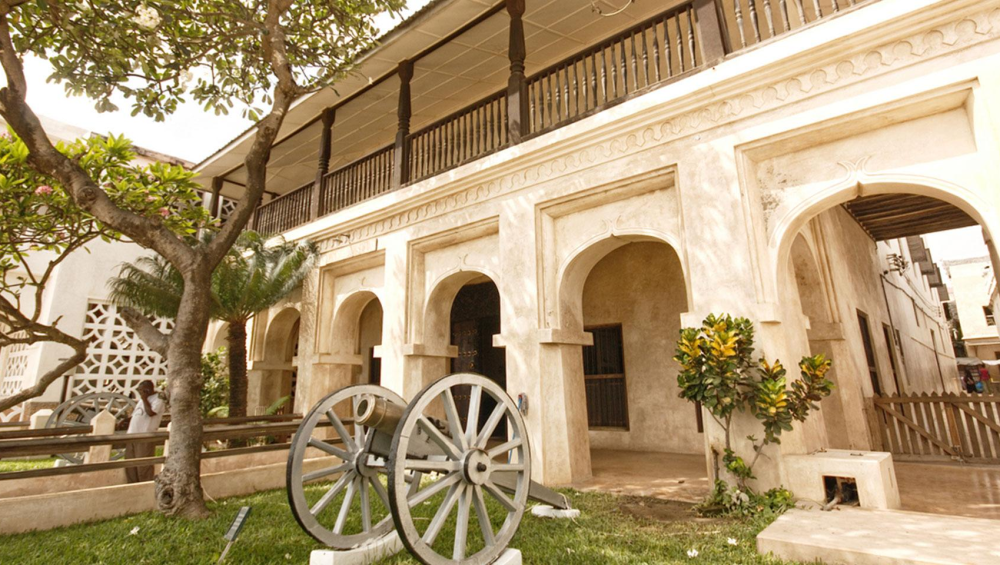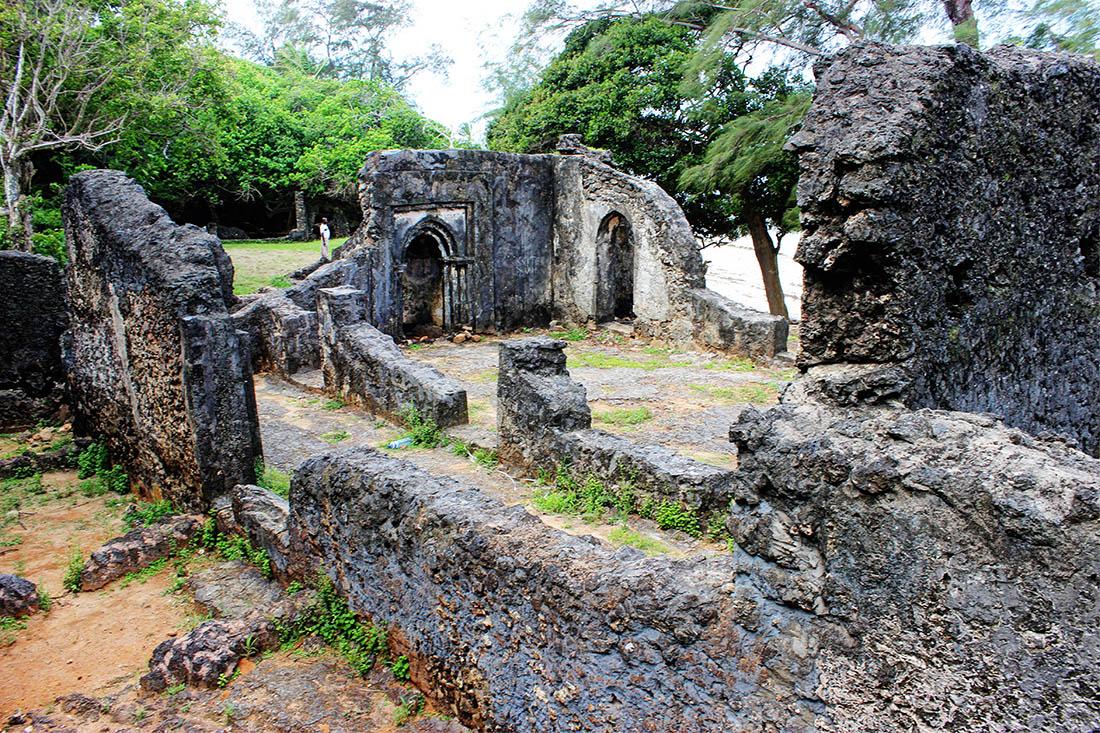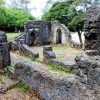The Lamu Museum
The Lamu Museum
The Lamu Museum is the flagship of the five museums and resource centers in Lamu Old Town. The Lamu Museum established in the 1960s constitutes one of the largest and most authentic Swahili ethnographic collections on the East African coast assembled from numerous researchers and enthusiasts from the early 1900s. The artefacts represent different facets of Swahili cultural heritage and include items of clothing, jewellery, furniture, manuscripts, amulets, musical instruments, maritime and dhow materials, archaeological finds, among a wide array of household and technical tools and implements.
These artefacts have been collected from the numerous traditional Swahili settlements within the Lamu archipelago and collectively represent the identity of the northern Swahili cultural landscape of Eastern Africa. Locals from within the archipelago are regular visitors to the museum and are able to accurately and using authentic illustrations from the collections give a narration of their cultural heritage to their children. The artefacts are also an important reference for the numerous scholars and researchers studying the cultural heritage of the Lamu archipelago.





